Training the Indian Audit and Accounts Service(IAAS)
The Officer Trainees (OTs) entering the Indian Audit and Accounts Service(IAAS) come from different regions of the country, with widely different educational qualifications and from varied economic and social backgrounds. The induction training at the Academy has the challenge of imparting the professional competence and leadership skills that this heterogeneous group requires to discharge their responsibilities. To ensure that the trainees are adequately equipped to perform the roles of an IAAS officer at the end of the training period, the Academy adopts a multi-pronged strategy which aims at fostering personal growth while inculcating the spirit of professional excellence and ability to motivate people to achieve the objectives of the organization. The training in the Academy exposes the OTs to the complete functioning of the Department and the significant constitutional responsibilities that it discharges. The training also aims to inculcate in the young minds a spirit of belonging and a pride in the Service.
Ice Breaking
The grandeur of Yarrows and its verdant surroundings provide the most conducive environment for learning and personal growth. The first priority in the induction training is to build a strong bond among the batch mates and with the faculty members. The initial few days of the training are spent on building this bond through a set of carefully planned ice-breaking games. These games focus on getting to know their surroundings, getting to know each other and getting comfortable with team work. The faculty members also participate in these games. These games take full advantage of the great opportunities the beautiful hill station of Shimla provides.
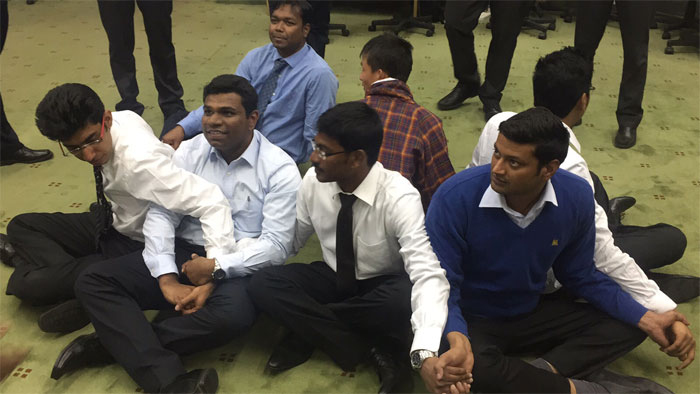
The OTs thoroughly enjoy the games and a feeling of warmth that emerges during these activities get reinforced as a life-long bond with Yarrows by the end of the training period. Detailed briefings on the structure of the induction training, the organization structure of the department and the etiquette expected of the trainees are made during this period.
Professional Training
The training in the Academy is spread over 94 weeks. This is structured in two phases, with the first phase focusing on professional training. Training on the required soft skills are provided throughout the training period with the second phase emphasizing more on managerial skills. Professional training consists of theoretical inputs on 12 core subjects.
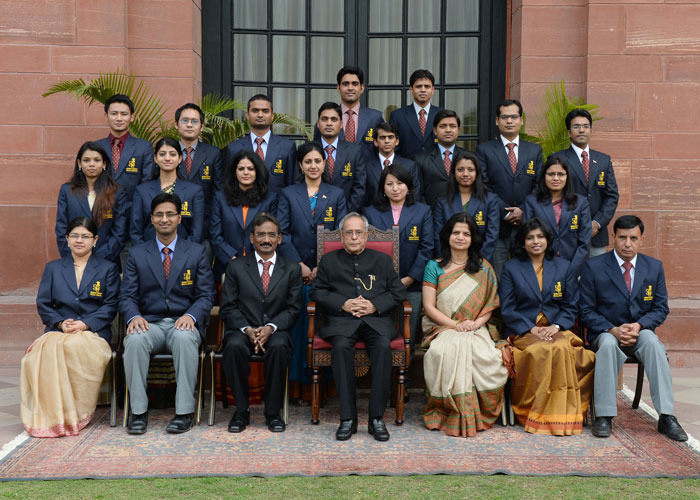
These subjects are taught in two semesters in the first phase of the training. The subjects taught in the first semester include
1. Public Finance (with Introductory Economics)
2. Government Accounts
3. Commercial Accounts (Book-keeping in Private Sector)
4. Principles of Public Sector Auditing
5. Public Expenditure, Revenue and Resource Management and
6. Information Systems Audit
The subjects taught in the second semester are
1. Public Sector Financial Reporting
2. Private Sector Financial Reporting
3. Financial Auditing
4. Compliance and Performance Auditing
5. Cost and Management Accounts and
6. Information Systems Audit
The subjects are so structured as to ensure that those taught in the first semester lay the foundation for those in the second. Thus, the paper on Government Accounts in the first semester is the basis for the papers on Public Sector Financial Reporting and Financial Auditing in the second semester. Similarly, the Commercial Accounts paper helps in understanding the Private Sector Financial Reporting. The subjects of Public Finance, Principles of Public Sector Auditing and Public Expenditure, Revenue and Resource Management lay the foundation for the papers on Financial, Compliance and Performance Auditing. Training is provided on analytical and data visualization tools that are useful to carry out various analyses of data in the papers on Information Systems Audit.
The theoretical inputs are delivered through classroom sessions with in-house and guest faculty. Guest faculty, who are experts in these topics, both from within the department and outside are invited to address the OTs. These classroom sessions are supplemented by field visits. The OTs understand the functioning of the Government through attachments with the Public Works Divisions, Forest Divisions, Treasuries etc. They are exposed to the functioning of the Audit and Accounts offices by regular visits to the offices of the Principal Accountant General (Audit), Himachal Pradesh and Accountant General (Accounts & Entitlements), Himachal Pradesh.
The OTs are attached to various institutes of excellence in different parts of the country during their training at the Academy. These include the National Institute of Public Finance and Policy (NIPFP), Reserve Bank of India, Tata Institute of Social Sciences, Securities and Exchange Board of India and Indian Institute of Management (Ahmedabad). Each of these attachments are designed to provide specific inputs relating to the professional training component.
The progress made by the OTs in imbibing the professional training is assessed on a regular basis. Internal assessments, through tests and assignments, are carried out for each of the papers. This is followed by the Departmental Examinations at the end of each semester for the subjects taught during the semester.
At the end of the two semesters of training in the Academy, the OTs are sent to field offices in different parts of the country for the On-the-Job Training (OJT). They spend 32 weeks in the field offices, 16 weeks in an Accounts office and 16 weeks in an Audit office, seeing in action what they had learned in the Academy and learning in practice how to manage the office. They report their learnings on a weekly basis to the faculty, who watch and guide the OTs during this phase.
The learnings of Phase 1 and the OJT are then reinforced during the Phase 2 training at the Academy. The Phase 2 focuses on organizational theories and human resource management. The skills required in managing an office and leading a team to achieve the organizational objectives are imparted through classroom sessions and interactions with senior officers of the department.
Soft Skills
Leadership qualities, including the managerial skills required to manage offices, are taught through several activities designed for specific purposes. Adaptability is the greatest quality required in an IAAS officer. The OTs are assigned shared rooms in Yarrows, with care taken to see that those with similar backgrounds are not put together. This is done to foster as much accommodation of each other as possible. With an all India transfer liability, the skill of getting along with people of diverse backgrounds and regions is critical. It affords a great opportunity to overcome personal preferences, biases and learning from observing each other.
In the very first week of their arrival at Yarrows, the OTs are required to elect their office bearers for various committees that thrive in the Academy. The first leaders emerge here, in the office bearers, as the OTs commit to take initiative. They learn and hone their organizational skills, decision making, team work, communication and self-management. The fact that the team members are peers and fellow colleagues makes for very interesting group dynamics. For every attachment and activities outside the Academy, a group leader and a deputy group leader are nominated by rotation. They represent the group and the Academy during such attachments, take responsibility for the group, ensure punctuality, involvement and general discipline, while keeping group morale high. They are also required to give feedback to the faculty on their return. At times, these activities involve difficult circumstances, which they have to resolve themselves at the group level. This provides opportunities for great learning experiences, as they infuse the OTs with confidence in conducting themselves in the public sphere.
Learning out of the experiences of others is the basic quality of humans and this leads to significant growth. Senior officers of the department, bureaucrats who have made significant contributions in their spheres of responsibilities, people from the civil society who have worked on various social issues are invited regularly to the Academy to interact with the OTs, both in a formal and informal setting. The OTs learn considerably from the experiences of these speakers and understand the intricacies of working in the Government. The Academy follows a counsellor system, where the OTs are assigned as a counselee to each faculty. Counsellor group meetings are held every week, where the OTs interact with their respective counsellors in an informal set up. This serves as a personalized mechanism to sort out issues faced by the OTs in adapting to their new roles and speed up the process of their transformation into officers of the department.
It is said that the world is a book, and those who do not travel read only a page. Recognizing the significance of travel, the induction training includes a Bharat Darshan at the end of the first phase training at the Academy. This exposes them to the vastness and helps appreciate diversity of the country. They get to see the functioning of the government and public sector undertakings. They also visit the field offices of the department during the Bharat Darshan.
One of the most important activities of the training is a trek that the OTs undertake. The trek stands out amongst all other activities in identifying true leaders as it throws up the most challenging and unforeseen circumstances in difficult terrains. Selflessness, humility, perseverance, focus and responsibility are a few of the attributes that shine through in some OTs during the difficult circumstances of the trek.
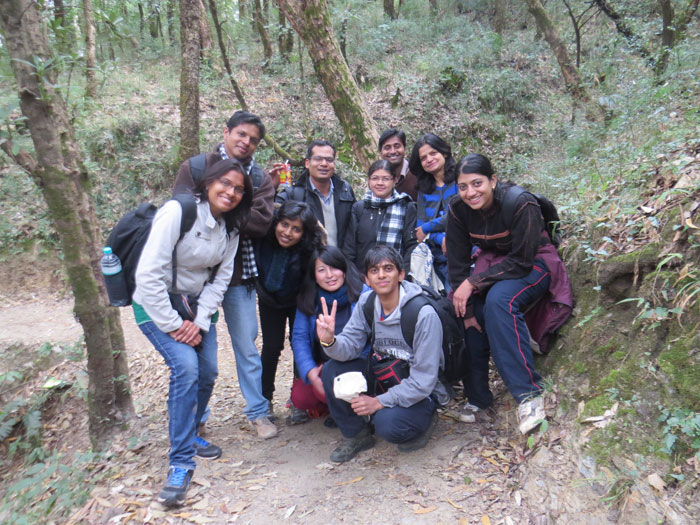
The trek is also a lesson in self-awareness for the OTs, where their personal vulnerabilities as perceived by them come to the fore and they learn to challenge them to push their limits and boundaries further. It also teaches them that the journey is the destination.
Social responsibility and empathy are other attributes that we encourage at the Academy. As public servants, it is important to keep note of what we owe to the society as we grow individually. To drive this social orientation, the OTs operate a day care centre for the children of migrant labourers. The centre is run by voluntary contributions and managed entirely by the OTs. It provides invaluable learning opportunities for everyone involved with it. The OTs are also encouraged to take up other social activities like cleaning public places, organizing blood donation camps and donating clothes to the needy. They are also required to make a movie on a socially relevant issue which helps them be more socially aware. Some excellent documentaries have been made by the OTs on issues such as conditions of migrant labourers in Shimla, urban local governance etc.
Every year, the OTs conduct Abhivyakti, a photography competition cum exhibition. Themes are identified on which entries are invited from officers and staff of the department. The OTs then shortlist the photographs and an exhibition is conducted at the Gaiety Theatre in the Mall, Shimla.
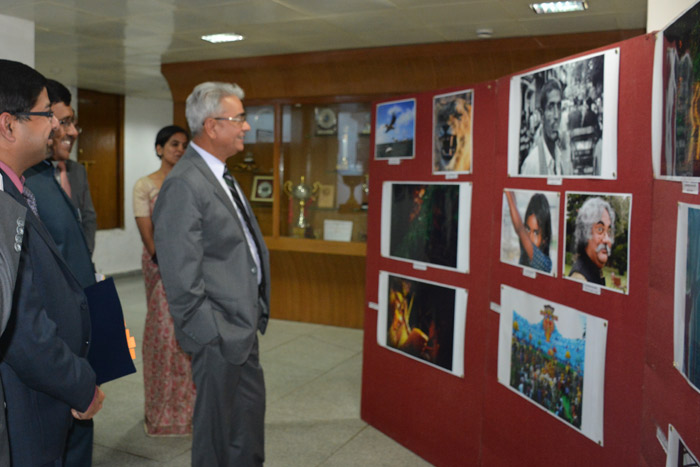
A jury of eminent photographers judge the entries and select the best photographs. The public also vote for the best photographs in the exhibition category. Abhivyakti offers two great advantages to the OTs. They reach out to the officers and staff of the department while seeking entries for the competition. This enables them to know many officials in the department and helps them build a healthy bond. They also get to interact with the general public and tourists visiting Shimla. They answer several questions posed by the public, including those on the responsibilities of the department. This helps imbibe the habit of reaching out to the general public whom we serve.
Ability to communicate effectively is a very important quality of a leader. The training in the Academy offers several avenues to hone this skill in the OTs. Speakers’ forum is an avenue where the OTs have to select a topic completely unrelated to their background and prepare a write-up on it. They then present the topic to the batch and the faculty, who then subject them to a barrage of questions.
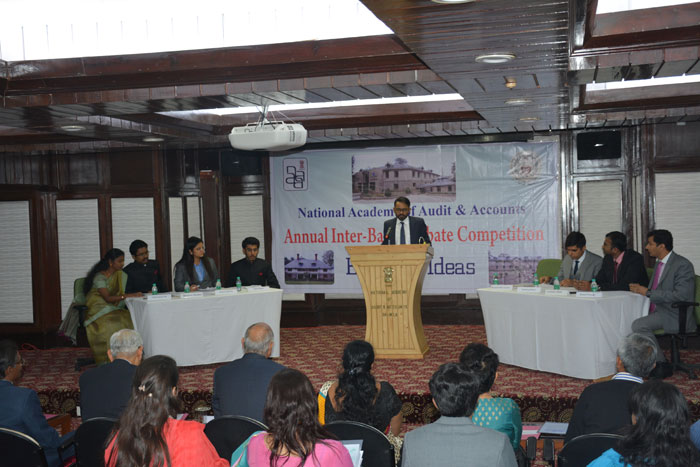
The OT has to answer these questions and this brings the required confidence into the psyche of the OTs to subject any topic to a detailed study, present her/his findings to a group and defend her/his views. There is also an annual inter-batch debate competition under the banner of ‘The Battle of Ideas’.The two batches under training in the Academy debate for and against a chosen topic. Eminent jury identify the winning batch and the best speaker. Under the competitive environment set by the Battle of Ideas, the two batches research a topic and prepare all possible view that would need to be countered. Reading is the basis for good communication. To promote the habit of reading, book review has been made a part of their training. The OTs are required to choose a book, read it and submit a review of the book.
Maintaining a healthy work-life balance is an important input in the Academy. OTs are encouraged to develop a hobby while in Shimla. The Academy offers excellent infrastructure to pick a sport.
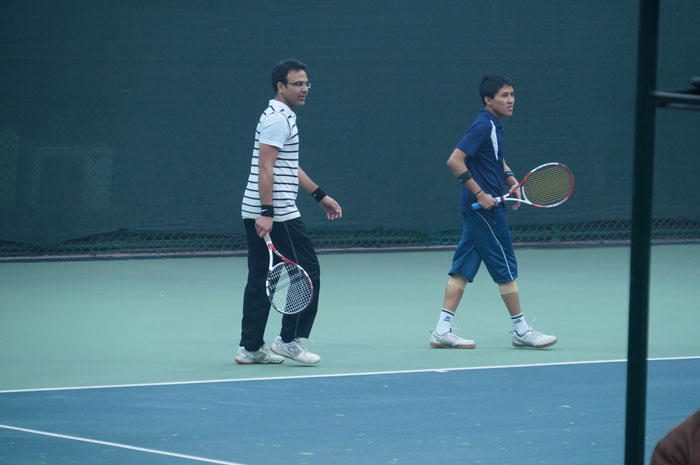
There are facilities for tennis, billiards, squash, badminton, golf and table tennis. Taking full advantage of the excellent location of the Academy, the OTs are encouraged to focus on fitness, with the daily schedule beginning with a morning walk at 6 am. A fully equipped gym also helps the OTs burn some calories. The Academy has a well-equipped music room to practice while the cozy indoor auditorium and the beautiful outdoor amphitheatre provide the right ambience for them to exhibit their talent. Recognizing the great impact of movies on society, a movie is also screened every week in the auditorium.
The soft skills of the OTs are also assessed by the faculty every month. On the basis of the performance assessments of the OTs in the professional training and soft skills, the best three OTs are identified and recognized with the Gold, Silver medals and the Director General’s certificate. Thus, the induction training that spans close to two years offers multiple avenues to develop professionally and grow personally. At the end of the 94 weeks of training, the OTs become confident young officers ready to take over the mantle of the important constitutional responsibility that every IAAS officer is expected to discharge.
Continue Reading |
-

From the Editor's Desk
This issue of the journal is the first issue with a thematic approach of “Capacity Building”. It will be our endeavour to continue this approach in future
...more
-
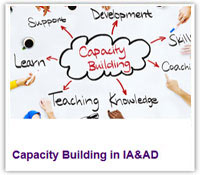
Capacity Building in IA&AD
Mission statement of IA&AD eloquently states “Mandated by the Constitution of India
...more
-
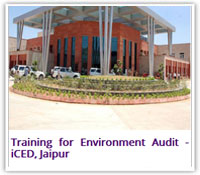
Training for Environment Audit - iCED, Jaipur
iCED also contributes to build capacity of other Supreme Audit
...more
-
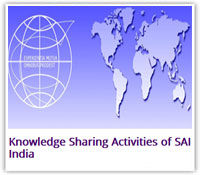
Knowledge Sharing Activities of SAI India
Comptroller and Auditor General of India(SAI India) is acknowledged as a leading
...more
|
-
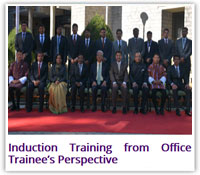
Induction Training from OTs’ Perspective
Journey from a civil services aspirant to a successful candidate and further to a
...more
-
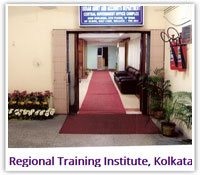
Regional Training Institute, Kolkata
In pursuit of excellence
Regional Training Institute, Kolkata was set up in April 1998 as Regional Training Centre.
...more
-

From International Desk
The CAG of India occupies several important positions in INTOSAI and ASOSAI.
...more
-
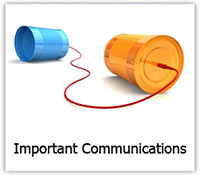
Important Communications
Amendment to Para 7.12 of PA Guidelines, Compliance Auditing Guidelines, Practitioner's Guide for use of Data Visualisation & Infographics
...more
-

From the Editor's Desk
This issue of the journal is the first issue with a thematic approach of “Capacity Building”. It will be our endeavour to continue this approach in future
...more
|
|
|
|
|